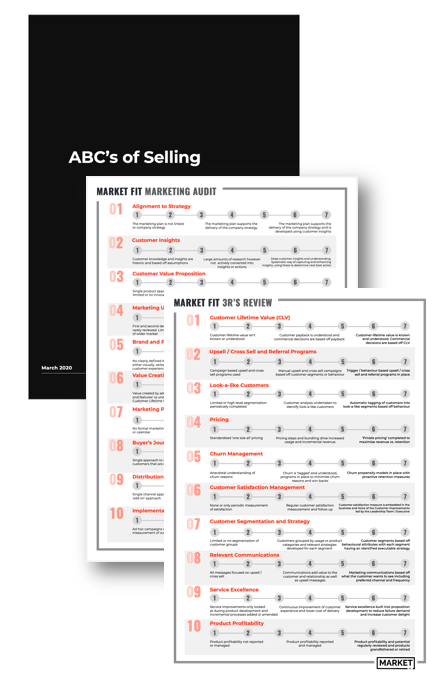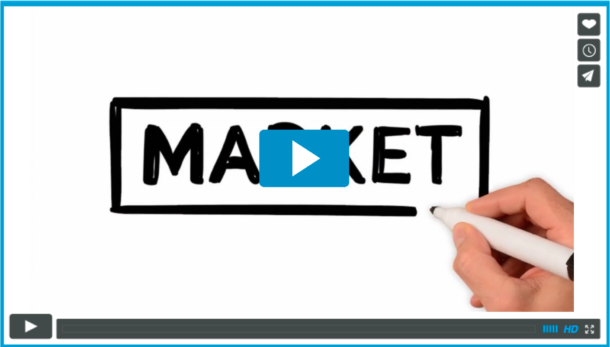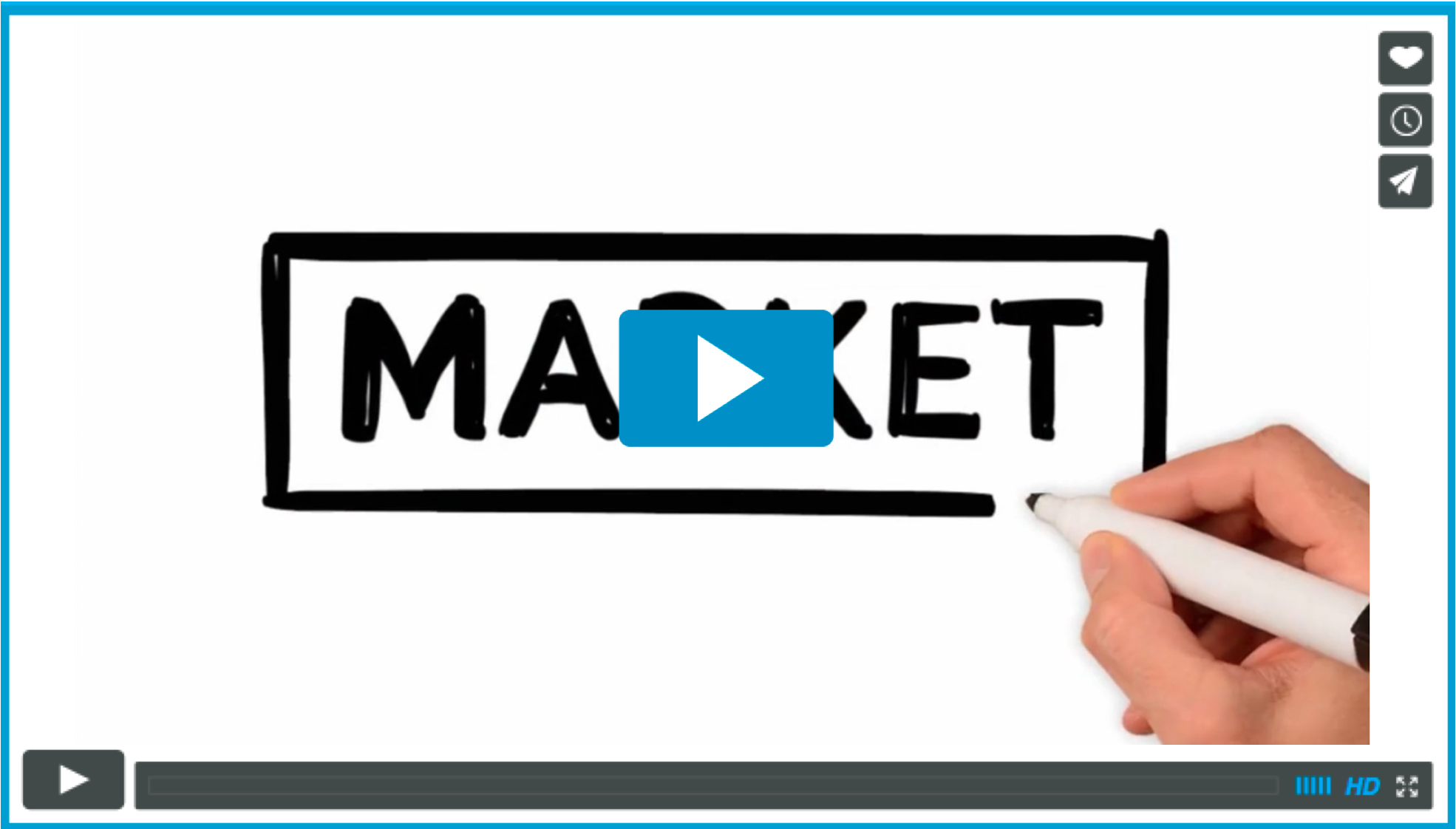Throughout my career, working with both large and small companies, there is always one bit of customer research feedback that can lead the business down the wrong path. Customer research will tell you that customers want choice, so this starts you thinking you need to build different options into your product and pricing offering, adding and adding until you cover all bases. The thing is, this is wrong. Dead wrong.
Customers say they want choice, but what they actually want is an easy choice.
Why does offering too many options confuse customers?
If you think about it, you have a potential customer interested in your business ready to press buy, and then you give them too many options to read their way through, too many decisions to make at each turn, and they’ll start second guessing if they selected the best option at each stage along the way.
Lots of products might seem appealing, but when consumers have too many choices, they don’t know how to decide, which results in decision fatigue. Too many options can distract customers, which becomes increasingly frustrating and the lack of personalisation can then end up pushing customers away.
Customers really want ease and simplicity. It is tempting to give customers a lot of choices; in fact, your research data might tell you they want more choices. But remember, too much choice creates a confused mind, and a confused mind won’t buy.
You don’t have to be like Amazon
While I was working for Vodafone, we created a product based on the findings of customer research studies which showed that our customers wanted options because they were all diverse and had different use cases.
Our package was named ‘You Choose’ – it allowed customers to build their plan the way they liked. However, in reality the customers did not select or design an unique plan because it was so confusing.
McDonald’s playbook (combo deals) helped us solve the problem – we created three plans: talk, text, or do something else. They were available in different capacity sizes – mini, medium, and large. Due to the limited choices, choosing the appropriate product was much easier and simpler for customers.
When you look at Amazon you see hundreds of thousands of choices, so you think – if they’re so successful, should I try to emulate them for my business?
Keep in mind that Amazon’s success is based on its operations and distribution excellence and you’d be hard-pressed to compete with a business that promises one-hour delivery.
So it’s better to stick to a few options as too many options can cause your customers to stall, become overwhelmed and then quit searching.
Are you making it easy for buyers?
Avoid leading potential customers down a path of muddled decision-making and reduce the hassle of evaluating options.
- Create a list of three options.
- Make your product/service descriptions easy to read, concise and relevant.
- For each option, try to keep the number of differences as low as possible.
It’s important that customers can easily recognise each option.
An example is diamond retailers use the four Cs (cut, colour, clarity, & carat) to help customers compare diamonds. Easy differentiators that simplify the evaluation process and provide a likely best choice from the outset which provides customers with confidence to purchase.
You’ll have to deliver service and support with every option you present to customers. Every choice you put in front of a customer is a choice they need to consider whether they want it or not.
This maybe the first time you’ve thought about slimming down your offering. You may want the opinion of an independent party to review – you could be offering too many or too few options.
Remember, confused customers don’t buy.




